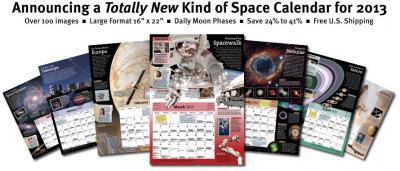Plaskett’s Star
By Bill Pellerin
Houston Astronomical Society
GuideStar editor
If you look at the population of stars by color you will find that as you go from blue to white to yellow to orange to red the stars go from rare to plentiful. You probably know that star colors are given letters as follows OBAFGKM from blue to red. Does this make sense? No, not if star colors are your primary interest. Originally the classification of stars by letter was based on the strength of the hydrogen absorption line in the spectrum of the star. With that in mind the A star has a strong hydrogen line, a B star had a less-strong hydrogen line, and so on.
We’re stuck with this color scheme, and if you look at a HR (Hertzsprung – Russell) diagram you’ll see these designations (or the equivalent temperatures) along the horizontal axis. Color and temperature are the same thing. The hotter the star, the bluer; the cooler the star, the redder. A HR diagram plots color versus luminosity and it will surprise nobody that more massive stars are hotter and more luminous.
Anyway, only one in three million stars (.00003%) is an O star whereas 77% of the stars are M (red) stars. This means that for every O star there are 2,310,000 M stars. So, it’s a challenge to find an O star on the sky. If you want to see one, you won’t do better than Plaskett’s Star (SAO114146), a bright steely-blue star high in the northern sky, in the constellation Monoceros.
It’s the brightest star in a field of stars and shines like a diamond in the sky. Its sky coordinates are: RA 06 h 37 m 24 s, and DEC 06 deg 08 min 07 sec, and it shines at magnitude 6.1 so it’s easy to see in even the smallest of telescopes. Plaskett’s Star is estimated to be about 100 solar masses, one of the more massive stars in the sky. The star that you see is really a double-star, but they are so close together that you will not be able to separate the pair in an amateur telescope. According to stellar researcher Jim Kaler, while the system totals 100 solar masses the two components are 51 and 43 solar masses each, making the total system mass near the 100 solar mass estimate. The space between the stars is estimated to be about 50 million miles. The uncertainty in the total mass of the system and the distance between the components of the system is associated with the uncertainty of the distance to the system. It’s simply too far away to determine the distance using parallax measurements, so other, less accurate methods are used.
The end-of-life of stars is difficult to predict with certainty, but these are very high mass stars destined to become neutron stars or supernovae. What we can’t know is which one will reach its demise first and when it does what will happen with the other star. Perhaps nothing unusual will happen and we’ll end up with a binary black hole system.
It was discovered to be a spectroscopic binary star by John Stanley Plaskett in 1922 when he was working as director of the Dominion Astrophysical Observatory in British Columbia, Canada.
His interests included measuring the radial velocities of stars and other objects by measuring the red or blue shift in the spectral lines of the light from the object. In binary stars the spectral lines move in a periodic way that reveals the movement of the components of the star system. Plaskett died in 1941.
Compare this star with the white star in Albireo (you’ll have to wait until summer) – the white star here is a B star, slightly redder than Plaskett’s Star, and a lot more common. The other star in Albireo is a K star, noticeably orange and very common.






